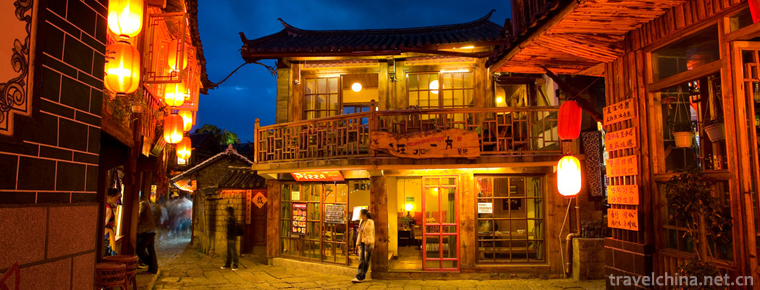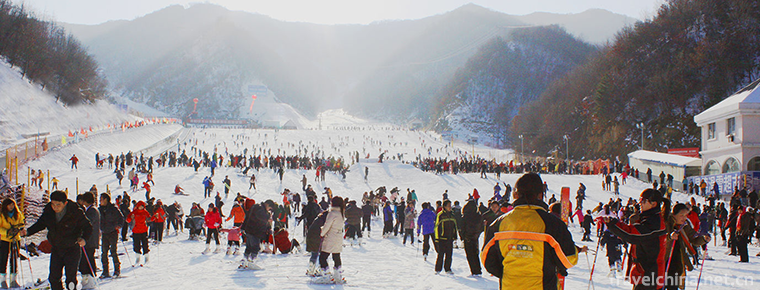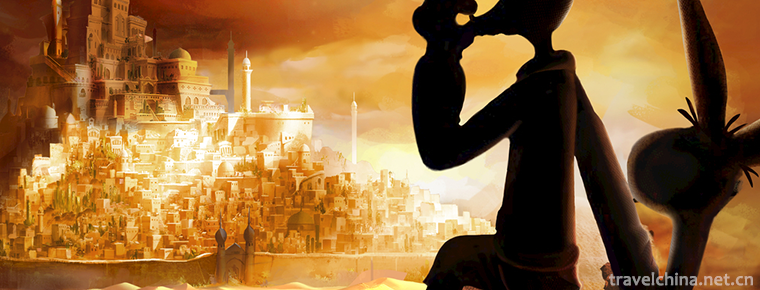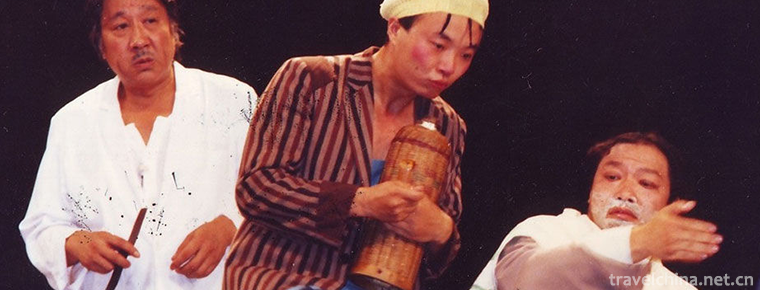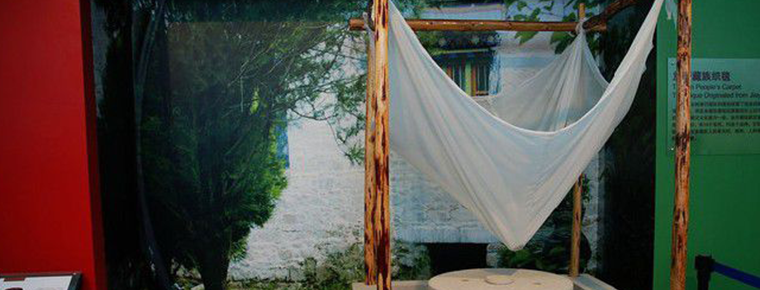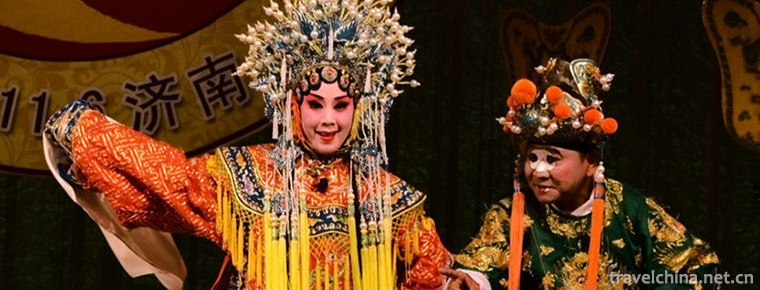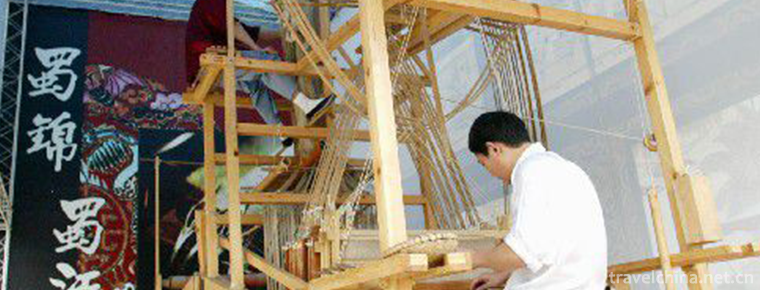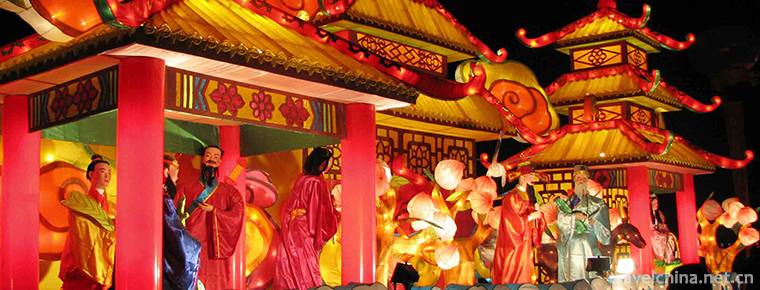Kazakh felt embroidery and cloth embroidery
Kazakh felt embroidery and cloth embroidery
Kazakh folk traditional felt embroidery and cloth embroidery handicraft are mainly spread in Xinjiang Kazakh soft residential areas, such as the Sixth Division Red Banner Farm, 107 Regiments, Qitai Farm. This technique has been approved as a national intangible cultural heritage project. Felt embroidery and cloth embroidery are the folk handicraft embroidery of Hasayi with a long history. Felt is the most representative and popular household handicraft in Kazakhstan. Every woman in Kazakhstan has her own system. Felt embroidery process is complex, patterns are numerous, labor-intensive, labor-intensive, beautiful and generous products, strong and durable, a felt can be used for more than ten years. As the saying goes, "Thousands of needles and thousands of thread embroidered felt", we can see that embroidering a felt is really not easy.
On June 7, 2008, Kazakh cloth embroidery was approved by the State Council to be included in the second batch of national intangible cultural heritage list.
Product introduction
Kazakh felts are usually analogous to animal horns, as well as cloud patterns and diamond patterns (Kazakh is called "Baoershake", because the fried Baoershake is mostly diamond, so the diamond code is "Baoershake". There are plum blossoms with four petals or six petals, eight petals and ten petals in the pattern of flower heads.
Base completion
A Kazakh felt embroidery and cloth embroidery processing and marketing base with strong national characteristics was built in the Red Flag Farm of the Sixth Division. After Kazakh felt embroidery and cloth embroidery were listed as national intangible cultural heritage projects, Red Banner Farm has done a lot of work in inheritance, protection and innovation. More than 200 Kazakh women were instructed to learn the skills of felt embroidery and cloth embroidery by the successors of the group farm mobilization. Fifteen Kazakh women were encouraged to open shop for felt embroidery and cloth embroidery and embark on the road of independent entrepreneurship. When I visited, I found that the base covers an area of 120 square meters. The production facilities of the venue include looms, sewing machines, cutting machines and so on. The embroidery works of felt embroidery made by Kazakh women are full of exhibition booths. Kazakh women uniformly produce felt embroidery and cloth embroidery works in the stadium. Special brokers and businessmen sign orders to ensure the market sales of cloth embroidery and felt embroidery products, which opens up a new way for Kazakh women to increase their income.
Protection and inheritance
Kazakh felt embroidery and cloth embroidery are the original ecological handicraft of Kazakh herdsmen. This farm provides special exhibition rooms for felt embroidery and cloth embroidery for Kazakh herdsmen, and organizes Kazakh embroidery women to study the skills of felt embroidery and cloth embroidery in northern and southern Xinjiang, thus improving the level of embroidery technology. Today, Carmen, the third generation successor, has collected more than 300 embroidery products, and some exquisite felt embroidery and cloth embroidery tapestries sell for more than 1000 yuan.

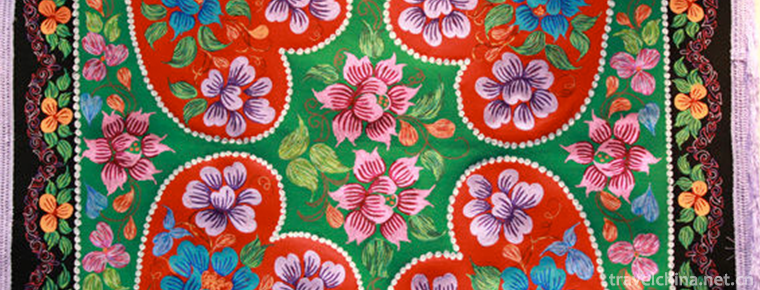
-
Lijiang Ancient Town
Lijiang Ancient City is located in the ancient city of Lijiang City, Yunnan Province.
Views: 207 Time 2018-10-17 -
Funiu Mountain Skiing Resort
Located on the north slope of the old boundary ridge of Funiu Mountain in Luanchuan County, Luoyang Funiu Mountain Skiing Resort has the highest elevation of 2200 meters and an elevation of 1700 meter.
Views: 133 Time 2018-12-22 -
Avanti
Avanti, also translated by the Albanian side, (Uygur "Mr." means, Arabic: Juha or Nazar Ding), is a person active in Islamic nationalities from Morocco in the west to Xinjiang in China..
Views: 141 Time 2019-03-28 -
One Man show
A kind of folk art. It is usually performed by one or two or three people. It is lively and funny, close to northern crosstalk. It is popular in Shanghai, Hangzhou and other places..
Views: 99 Time 2019-04-28 -
Production Techniques of Lhasa Jiami Water Mill
Jiami Water Mill was built in the 17th century A.D. It shows the outstanding ability of Tibetan people in mechanical manufacturing and grain processing. It makes full use of natural spring water to gr.
Views: 319 Time 2019-05-10 -
Shangdong clapper opera
Shandong Bangzi is a traditional local opera popular in Southwest Shandong and Central Shandong. Also known as "high-profile Bangzi", short for "high-profile" or "high-profile.
Views: 191 Time 2019-06-13 -
Shu Brocade Weaving Techniques
Shu brocade weaving has a long history. The earliest written records were found in the reign of Huiwen King in the Spring and Autumn Period and Qin Dynasty. During the Warring States Period, Shu Broca.
Views: 111 Time 2019-06-15 -
Wang Guo Festival
Wangguo Festival is a festival for Tibetan farmers to celebrate a bumper harvest. It is popular in Lhasa, Shigaze, Shannan and other places in Tibet Autonomous Region. The time is between July and Aug.
Views: 131 Time 2019-06-26 -
The Lantern Festival
Lantern Festival, also known as the Lantern Festival, the Little January Festival, the Lantern Festival or the Lantern Festival, is one of the traditional festivals in China. The first month is the fi.
Views: 322 Time 2019-07-16 -
Cheongsam production technology
Most of the classical flag dresses have straight lines. The body is loose and the two sides are split. The bust and waist circumference are close to the size of the dress. The appearance of cheongsam is generally required to have all or part of the following characteristics:.
Views: 145 Time 2020-12-11 -
Guangan primary industry
In 2019, the sown area of grain in Guang'an City is 287000 hectares, and the total grain output is 1.8 million tons, an increase of 1000 tons or 0.04%. Among them, the rice output was 1.047 million tons, down 0.4%; the corn output was 448000 tons, an incre.
Views: 161 Time 2020-12-19
